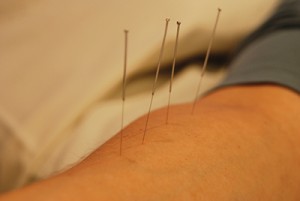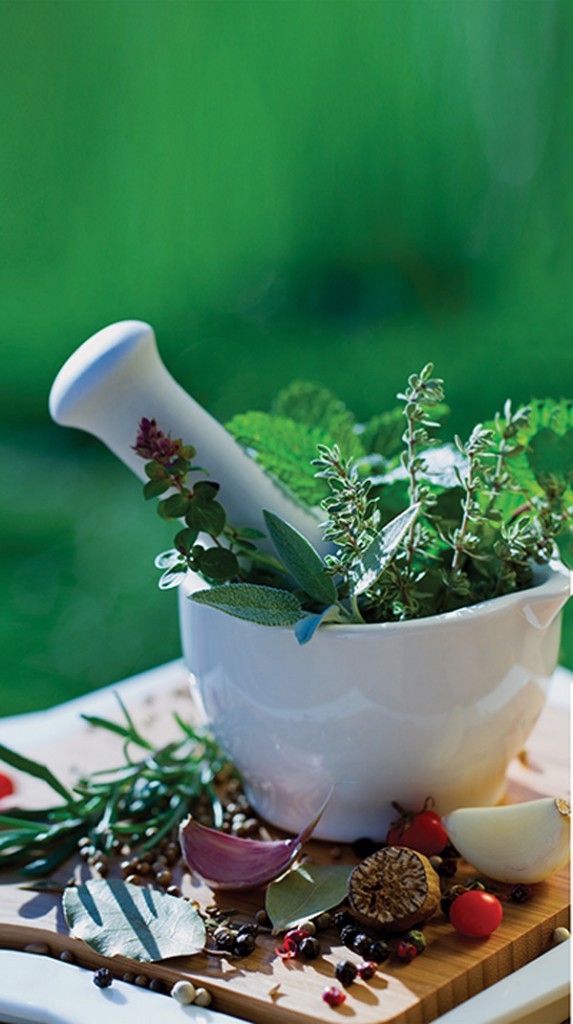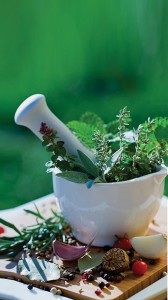What’s old is new again. Age-old healing traditions with their focus on the interconnection of mind, body and spirit are widely accepted in 21st-century America and Europe as integral to optimum health. Public interest in alternative and complementary medicine continues to grow. One high profile advocate is Prince Charles who has championed the cause by founding The Prince’s Foundation for Integrated Health. The organization has campaigned vigorously for greater provision by Britain’s National Health Service practitioners to offer its patients greater access to alternative treatment.
Traditional Chinese medicine, for example, has evolved over thousands of years. Westerners have much to learn from it. What differs between Eastern and Western systems is the frame of reference. In the Western world, disease is usually considered to be an isolated condition in the body. The Chinese, on the other hand, believe that the entire body is involved. Western doctors study the structures of the human body and view illness as a breakdown of normal function. The doctor of Chinese medicine studies the patient’s subtle energy flow and views illness as a disharmony of that flow. One method used to re-balance the body’s energy is acupuncture. The Chinese have refined its techniques over 3,000 years. As with any medical intervention, its effectiveness depends upon a thorough and accurate diagnosis.
The door to 1222 First St., Coronado opens directly into the peace and calm of Island Acupuncture and Fertility Center. This is Dr. Gila Peled’s office. She says, “Acupuncture is a complete healing system. It encompasses the whole body; whatever the ailment, there’s a system to treat it that’s been proven for thousands of years.”
Peled, a doctor of Oriental medicine for 20 years, specializes in reproductive medicine and pain management. She has a particular passion for fertility issues. “Most people who seek fertility treatment don’t have a lot of time left,” she said.
Peled treats pain in “any part of the body” including back, neck, elbow, knees, and targets, among pain issues, headaches and migraines. In dealing with pain related to sports injuries, she can use acupuncture as a diagnostic tool “to see how people respond.” If they respond well, they are good candidates for further treatment. Peled said doctors trained in Western medicine send her referrals because “clinical studies have demonstrated that acupuncture works.”
Allergies are another area of Peled’s expertise. Often problems arise, she said, from what one eats.
“Anything we eat a lot of we become sensitive to. Sensitivity to food causes allergies elsewhere, often the skin,” she said. She identifies the allergen by first looking at what she calls “the usual suspects: wheat, dairy products, highly processed foods and peanuts.” She advocates eating food that is in season and with the least processing possible. Eating well and being aware of good nutrition are important tools in handling stress, which she said is “the number one killer.”
When it comes to prescribing ancient Chinese herbal remedies, Peled could not be more up-to-date. The modern option is to mix time-honored healing formulas from powdered herbs. “People today are stressed,” Peled said. “They do not have the time to boil medicinal teas for hours. The powders can be mixed in a glass of water and drunk immediately.” Where indicated, Peled may prescribe tinctures or pills as well.
It’s hard to imagine stress lasting for long under the gentle influence of any one of Peled’s three inviting treatment rooms. Lights are set low, music may play and heating pads aid total relaxation.
At the time of the American Civil War, Dr. Andrew Taylor, M.D., D.O., a physician-surgeon living in Kansas, became dissatisfied with the restraints of the traditional Western medicine of his time. Among his objections was the use of medicines containing toxic substances such as mercury, a deadly poison. In search of an alternative, he developed a new system of whole body treatment and named it osteopathy. Today, the National Institutes of Health says, “Osteopathic medicine is dedicated to treating and healing the patient as a whole, rather than focusing on one system or body part.”
Mary Ann Morelli Haskell, D.O., is an osteopathic physician and specialist in integrative pediatrics. She explains her lifelong interest in osteopathy due to “being sick as a child and hospitalized several times before the age of three.” She suffered with allergies, asthma and eczema well into her teen years before finding out about integrative medicine when she was in college. Osteopathy proved to be effective in the treatment of her long-standing ailments. And its philosophy was “a natural fit” when the time came to follow her chosen profession. Part of its attraction, said Morelli Haskell, is that “people feel better when they leave the office.”
 She received her health degree from Western University. Her pediatric residency at Loma Linda Medical Center followed. She explains that “osteopathy in the U.S.A. has always meant a physician trained in and entitled to the full scope of medical practice.” Now in her 21st year of practice, Morelli Haskell opened her office, at Tenth and B, in 2005. She describes what she does as ‘standard basic medicine” (anatomy and physiology) with “some things added to it such as the belief that structure and function are related.” As an example, she said, “If you dent your car, the car won’t drive as well until you remove the dent.” And, drawing a comparison, she continued, “If a patient has pneumonia, the ribs will work better if you clear them, improve the blood flow and venue drainage, and help local mobility.”
She received her health degree from Western University. Her pediatric residency at Loma Linda Medical Center followed. She explains that “osteopathy in the U.S.A. has always meant a physician trained in and entitled to the full scope of medical practice.” Now in her 21st year of practice, Morelli Haskell opened her office, at Tenth and B, in 2005. She describes what she does as ‘standard basic medicine” (anatomy and physiology) with “some things added to it such as the belief that structure and function are related.” As an example, she said, “If you dent your car, the car won’t drive as well until you remove the dent.” And, drawing a comparison, she continued, “If a patient has pneumonia, the ribs will work better if you clear them, improve the blood flow and venue drainage, and help local mobility.”
Morelli Haskell, a Fellow of the American College of Osteopathic Pediatricians, finds osteopathy “awesome for pediatrics.” She sees patients ranging from newborn infants, especially those who may have had difficult births, continuing through all stages of childhood, including “kids on the autistic spectrum.”
Complementary therapies are also finding a home in hospitals. At Sharp Coronado Hospital, which embraced the “Planetree” model of patient-centered healthcare in 2001, complementary therapies now include aromatherapy, acupuncture and “healing touch,” a gentle touch therapy that has been found to reduce stress, alleviate pain and anxiety, and generally contribute to a sense of well being.


